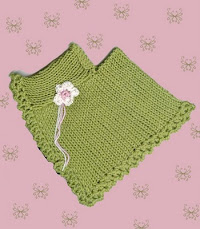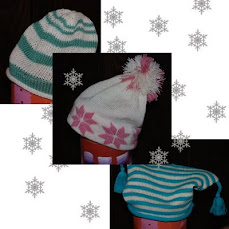http://diananatters.blogspot.com/2009/11/please-help-knit-for-cold-children-in.html
The request is for all wool items. Would be a great way to use up bits of sock yarn.
Here's my first one that I knit last night:

I'm still getting accustomed to the Silver Reed 860 midgauge, so the hat is made on that machine. Simple pattern---cute and knits up in a jiffy:
Sport yarn, midgauge, T 6. Cast on with waste yarn over 74 N, knit a few rows. Begin with main yarn and knit 15 rows, one row T 8, 16 rows T 6. Hang hem and knit one row T 9 to seal. Return to T 6 and knit 45 rows. Decrease every other st across, knit 3 rows T3. Remove on tapestry needle, gather and sew side seam. Put a pom pom or I cord ties on top. Looks cute with the hem folded up or down. Would also be nice in stripes or a fairisle pattern.
Note that gauge is not so important because it should fit some child. I hope you consider contributing some too.




































































3 comments:
Thanks for the link to another opportunity! My knitting group (mostly hand knitters) knits many things for different charities.
When I decrease anywhere but the sides, I get a hole every place I decreased. How do I avoid this?
patty b.
Hi Patty, Unfortunately, I didn't include a sentence that would avoid the holes. You do your decreases by putting every other stitch on its neighbor so that there are two stitches on those needles. Then you have to put the empty needle out of work and move all the stitches in so that there are no empty needles. Takes a while to do, but you won't get the holes.
Post a Comment